Bocas del Toro, Panama is a renowned vacation and retirement paradise for thousands of tourists and expats seeking fun and sun in the Caribbean archipelago. Christopher Columbus was an early visitor before the region became a haven for pirates who legend has it left buried treasure in their wake. The United Fruit Company arrived in the 1940's and made a fortune using migrant workers on its banana plantations.
Today, development pressure to accommodate this new foreign influx is dramatically altering the landscape of this historically isolated region of Panama. As land values increase, the traditional homelands of many indigenous Panamanians become increasingly at risk, creating new castaways in the process.

Adjacent to the Bocas del Toro airport, the indigenous Ngobe community of La Solución rises on stilts from the fetid mangrove swamp that has become their home. Few if any tourists dare venture here. The Ngobes in La Solucion live in conditions that starkly contrast with the wealth and luxury brought by this new foreign invasion of their traditional lands. These photographs, taken in June 2015, provide a glimpse into the community and the challenges it faces in the shadow of tourist development.
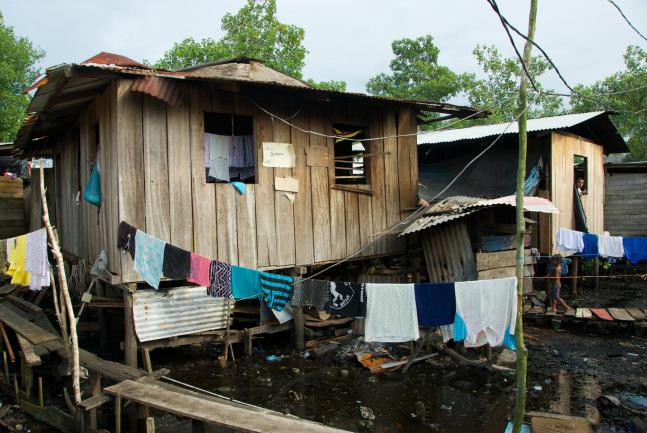
Sitting on stilts, houses in La Solución provide basic shelter.
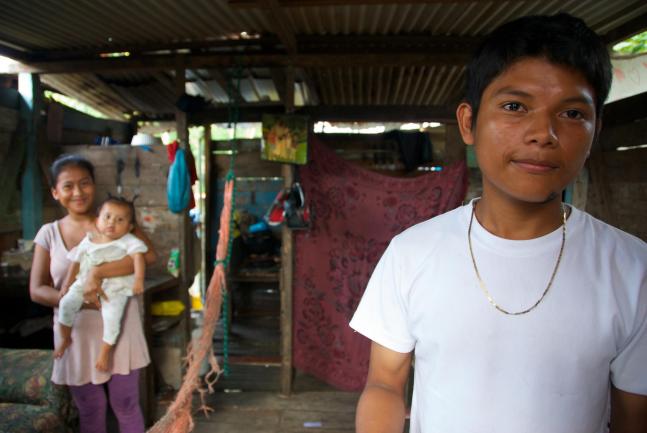
Young family at home.
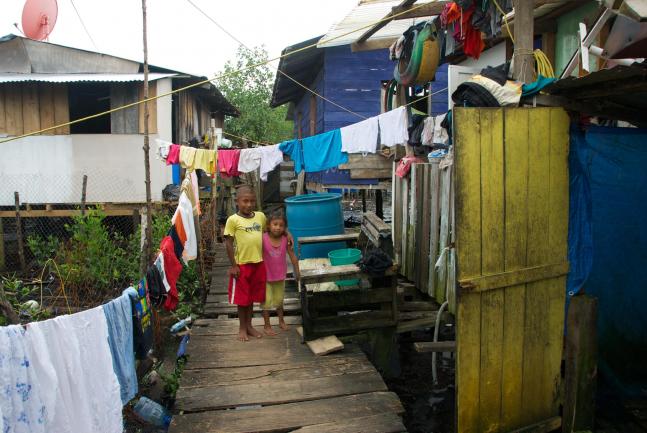
A maze of hanging laundry and ramshackle lumber, La Solución is a tightly woven community.

Expecting young family.
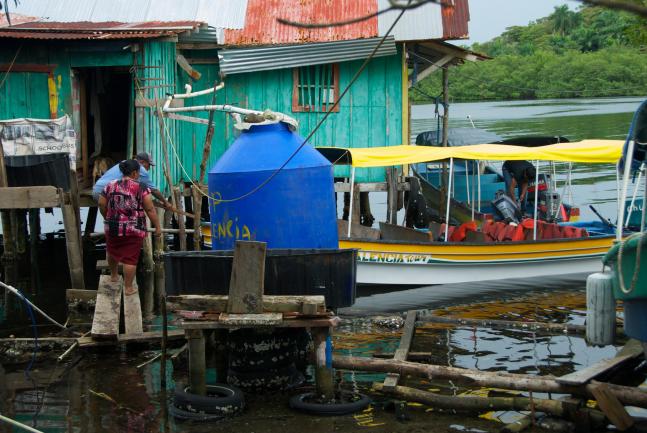
Traditionally subsistence farmers and fishers, today some members of the community provide services to the tourist sector.

A child bathes in unsanitary conditions.
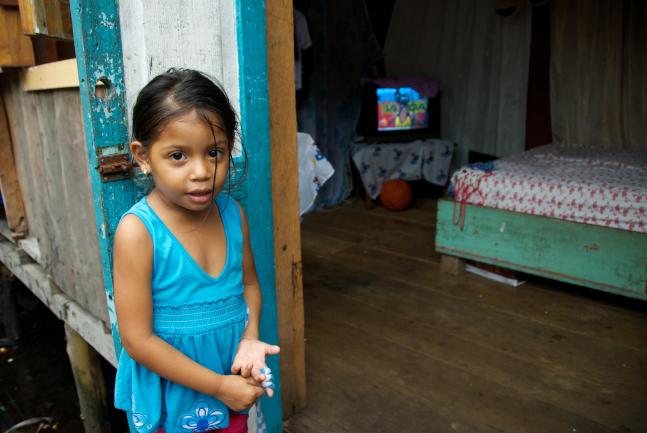
Young girl at home with television.

Safe water for drinking and bathing must be carried by hand.
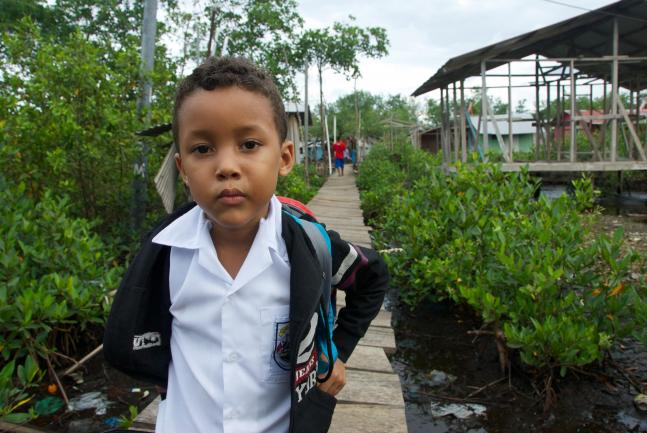
A child heads to school outside of La Solución.

A family in their home.
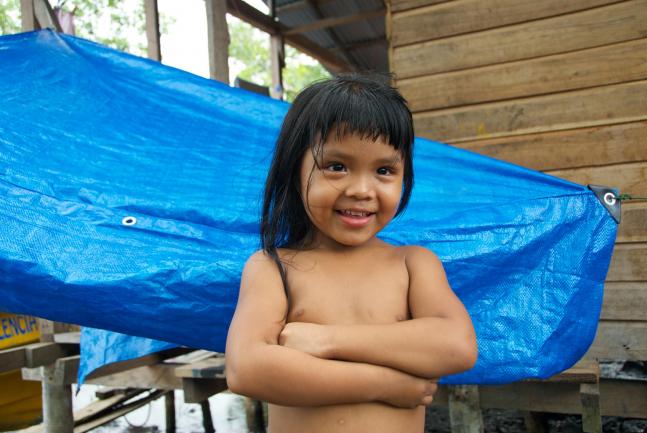
Child faces uncertain future.
Mark Aumann is a photographer based in Eau Claire, WI.


